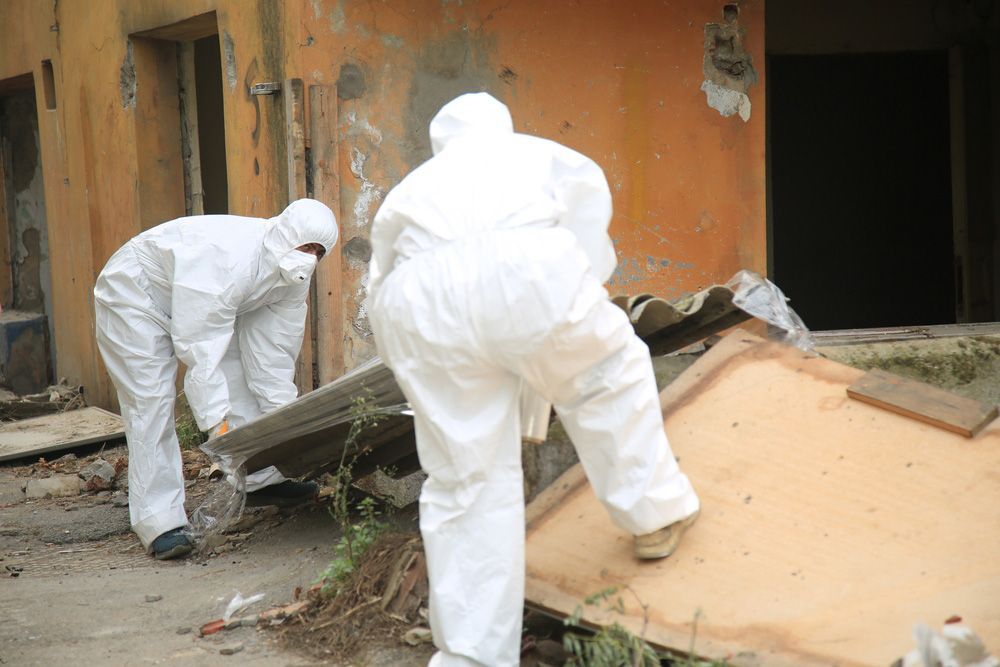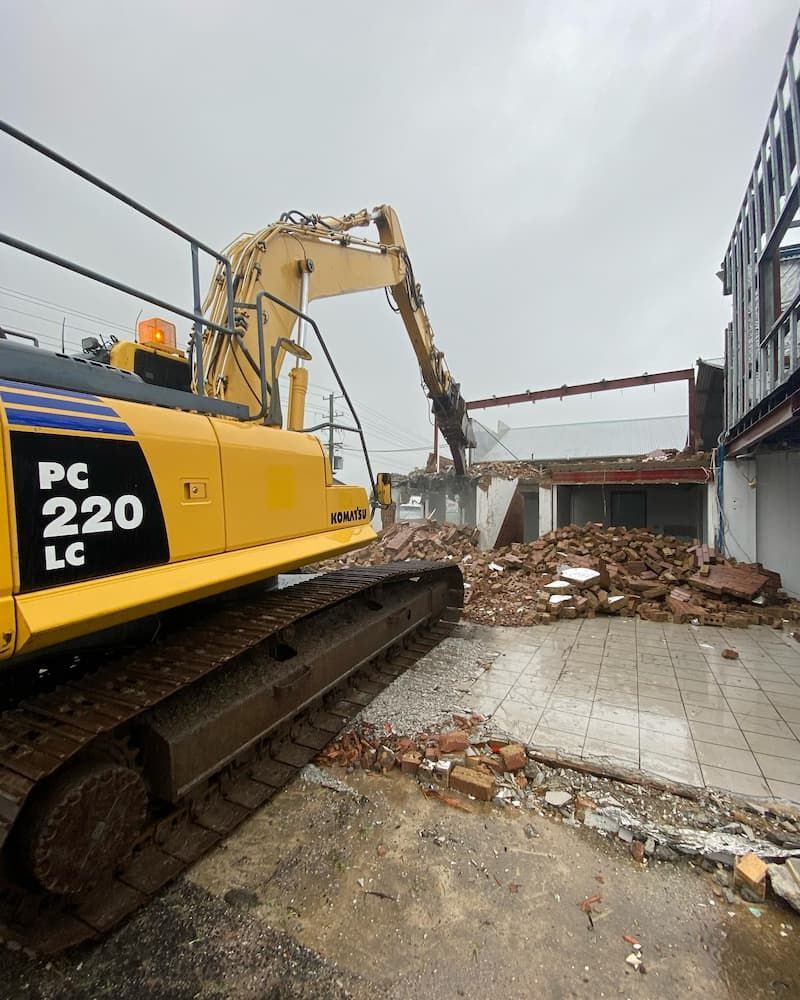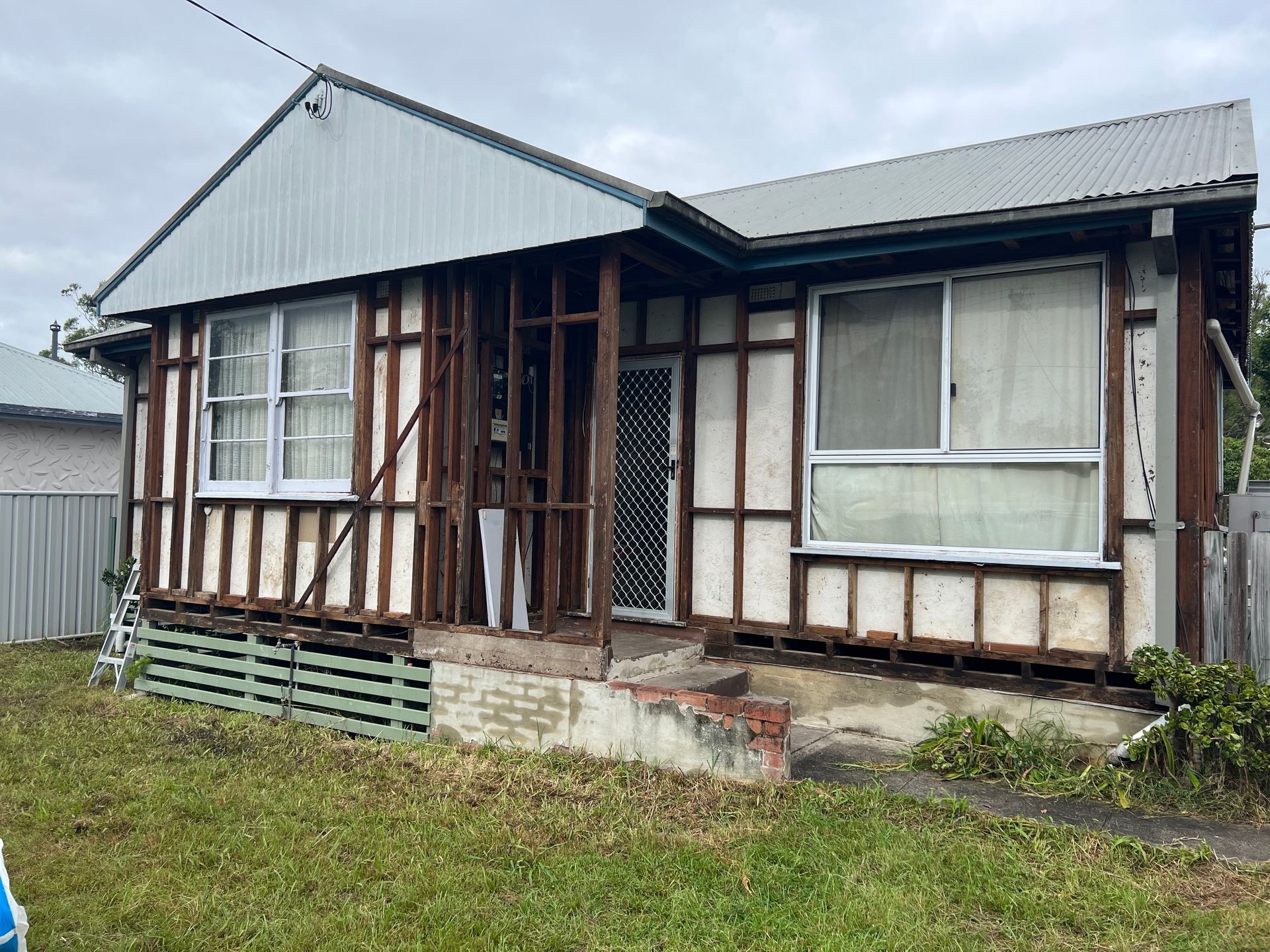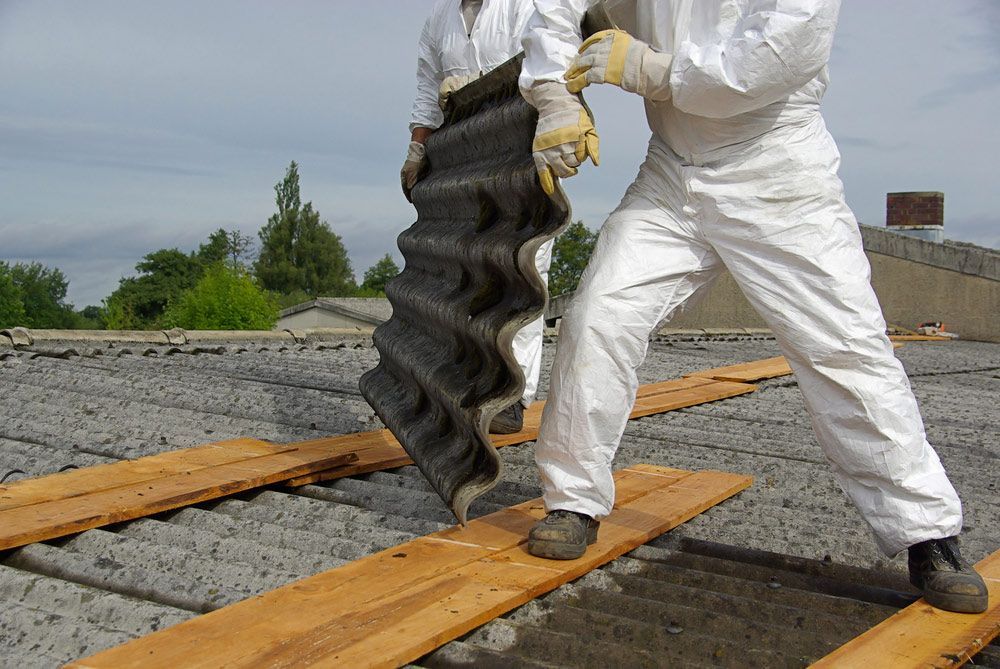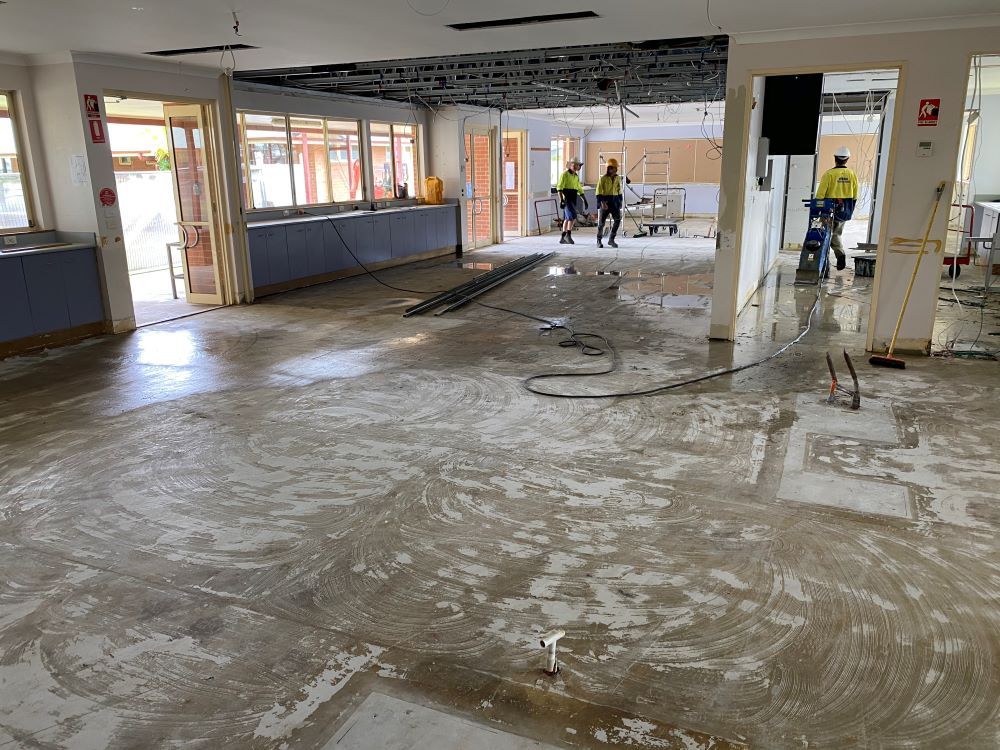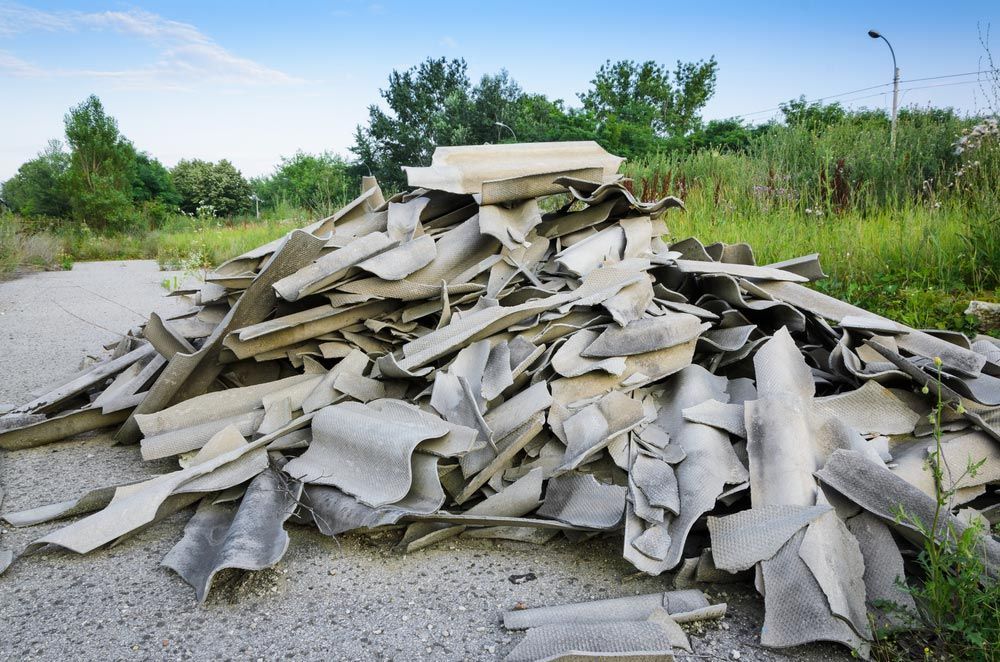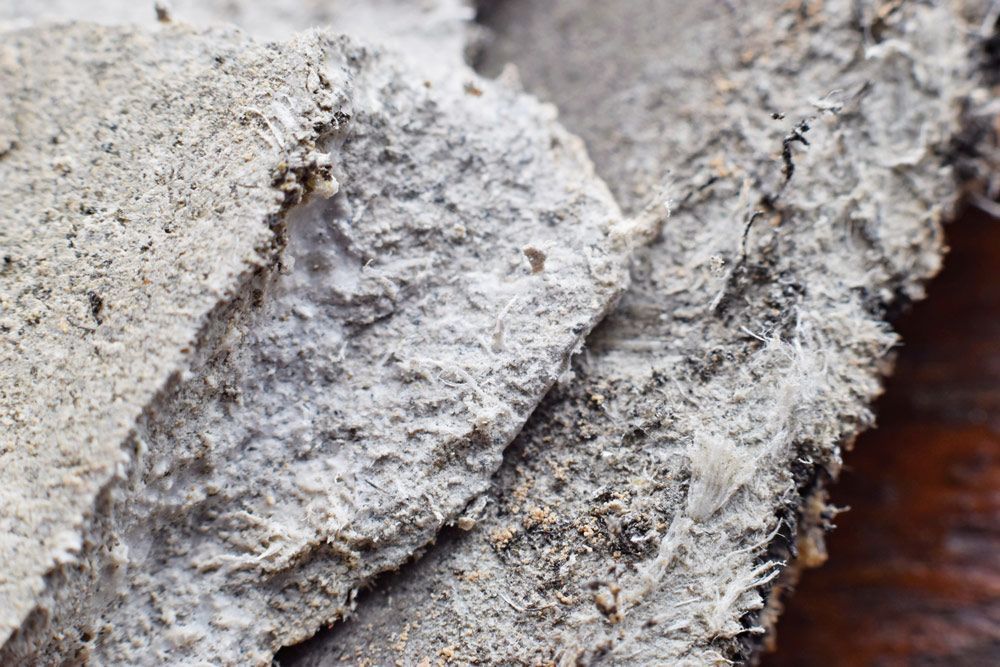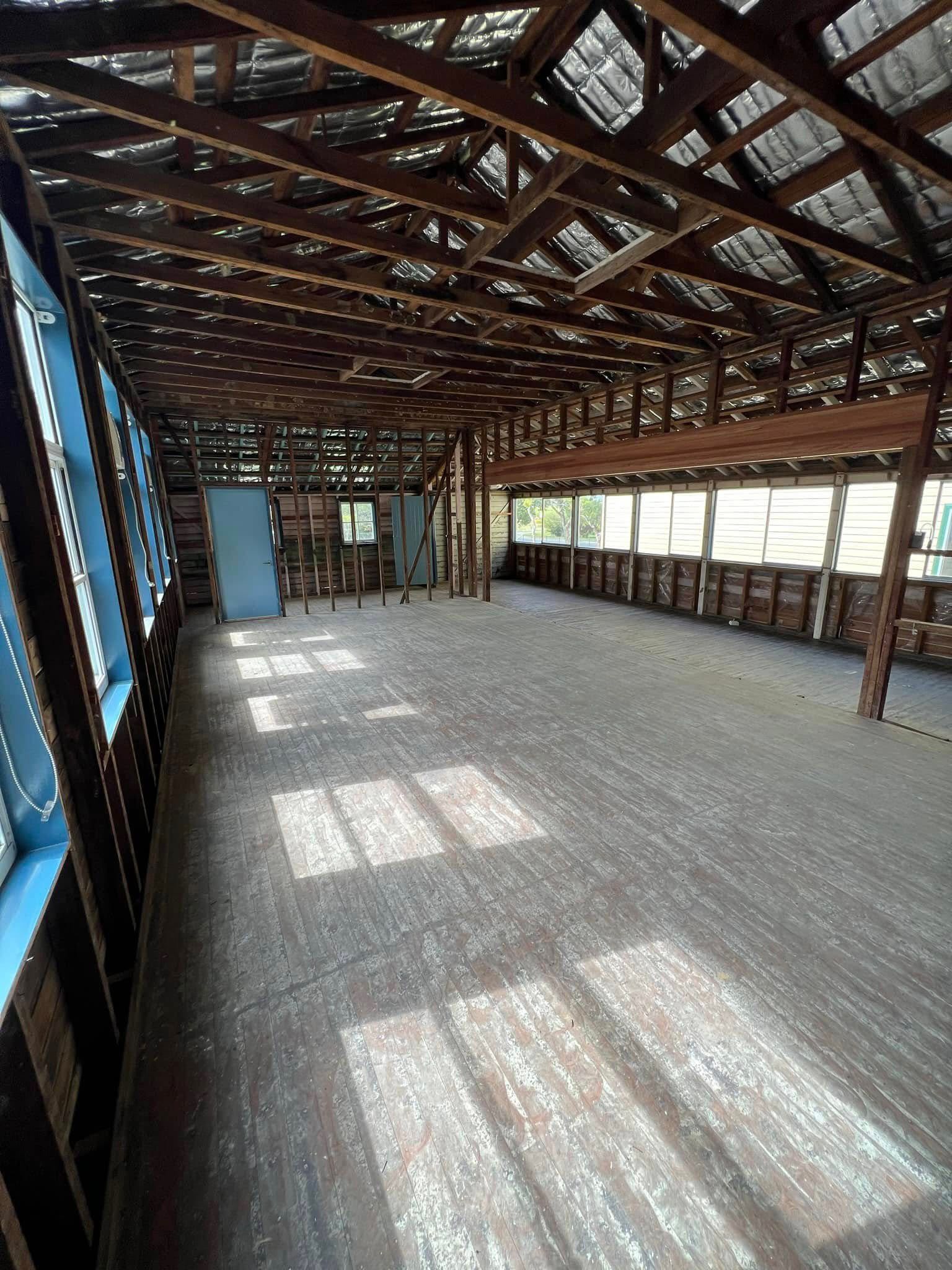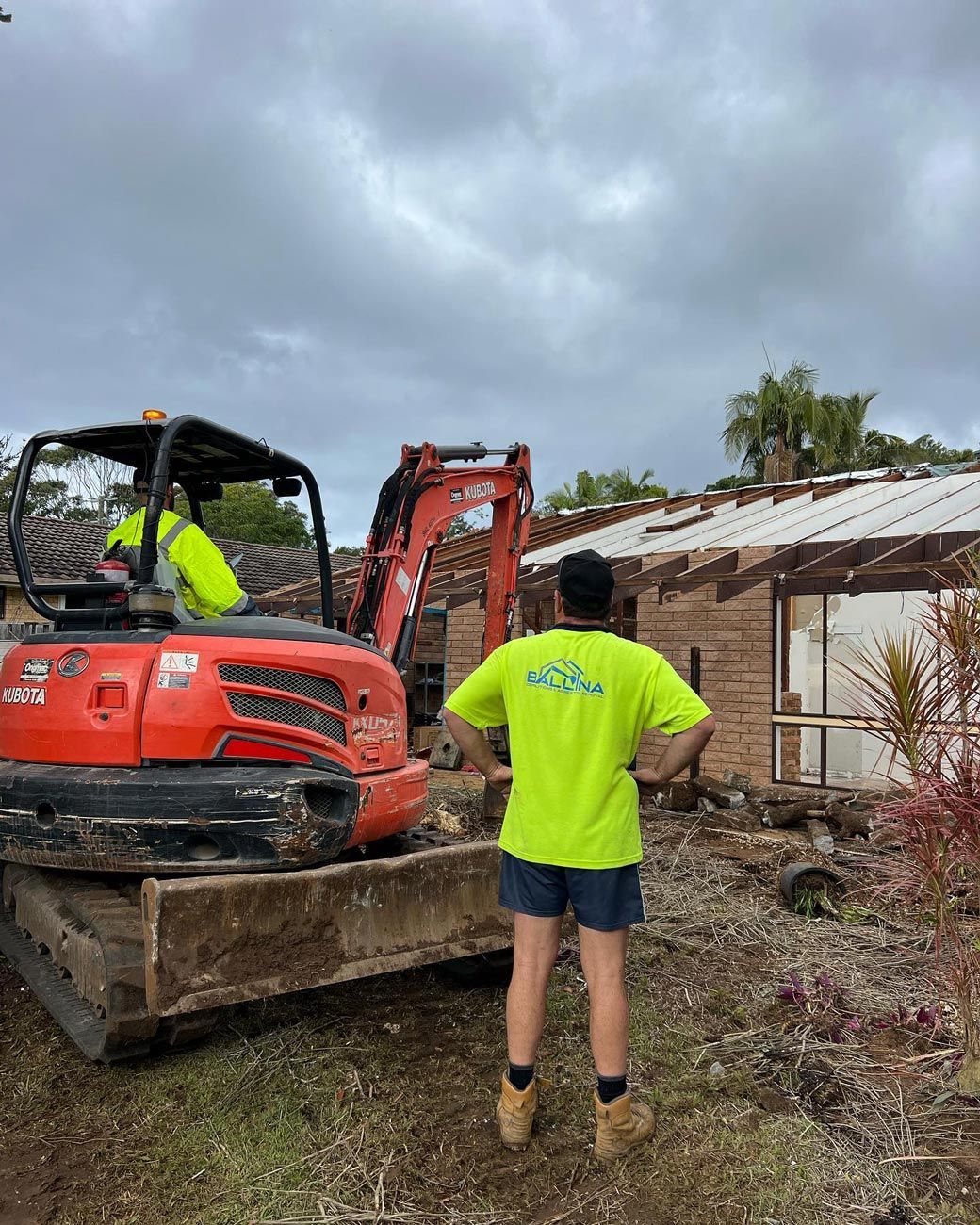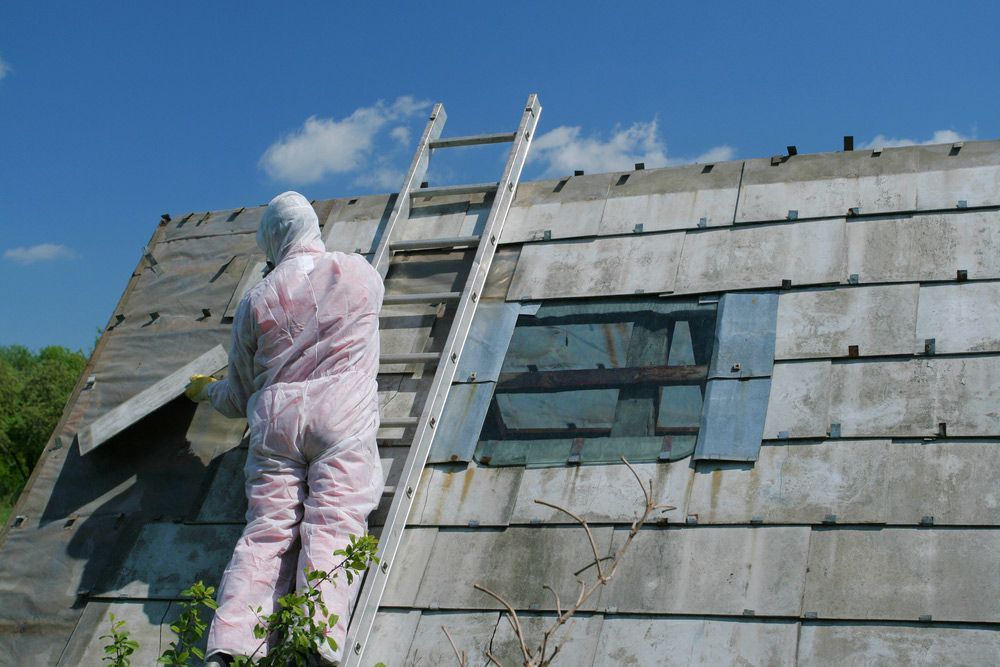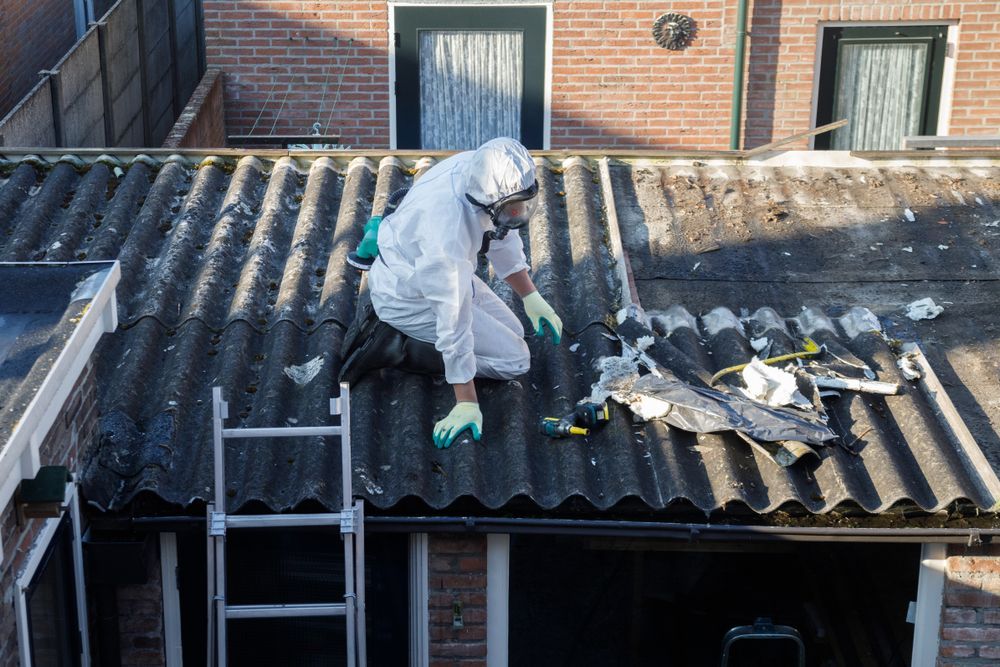Safe Disposal Of Asbestos: How Professionals Handle It
Table of Contents:
- Why Licensed Professionals Are Essential
- How Safety Protocols Prevent Exposure
- Transporting Asbestos Safely
- How Disposal Protects The Environment
- Why Compliance Matters
- Risks of Improper Handling
- How Training Supports Safe Disposal
- Documenting The Chain Of Custody
- Need Safe Asbestos Removal in Tweed Heads?
When a building is demolished or renovated, one of the most critical safety concerns is the presence of asbestos. Commonly used in building materials throughout the 20th century, asbestos is now considered a highly hazardous substance when disturbed. Once airborne, its microscopic fibres pose severe health risks and can contaminate surrounding areas if not properly managed. That’s why the safe disposal of asbestos is never left to chance. It requires a systematic approach, guided by strict regulations and carried out only by licensed professionals.
In this blog, we’ll explore how asbestos is handled safely during demolition work, particularly in high-risk areas. We’ll unpack the protocols professionals follow, from secure removal and transport to legal compliance and final disposal. Each section offers a deeper understanding of how qualified experts protect people and the environment from the dangers of asbestos.
Why Licensed Professionals Are Essential
Dealing with asbestos isn’t just a technical task—it’s a legal and health obligation. The risks associated with handling asbestos are significant, making it essential that only trained, licensed professionals are involved in its removal.
- Licensed professionals are trained to identify asbestos-containing materials (ACMs) and determine safe removal methods.
- Regulations require specific certification and workplace procedures to legally handle and dispose of asbestos.
- Handling asbestos without a licence can result in prosecution, environmental contamination, and severe health consequences for workers and residents.
Professional asbestos handlers ensure that asbestos removal is safe and compliant with environmental protection laws and workplace safety standards.
How Safety Protocols Prevent Exposure
A safe asbestos removal site is tightly controlled. Professionals implement multi-layered protocols that prevent fibre release and reduce exposure risks from setup to clean-up.
- Enclosures and negative air units are installed to create a sealed work area.
- Workers use certified personal protective equipment (PPE), including P2 masks and disposable suits.
- Surfaces are regularly sprayed with water or binding agents to prevent fibre dispersal during removal.
- Air monitoring equipment is deployed before, during, and after removal to assess airborne asbestos levels.
These controls are crucial in reducing contamination during demolition activities and protecting workers and nearby communities.
Transporting Asbestos Safely
Once asbestos materials are removed, they must be securely transported to licensed disposal sites. This step is highly regulated to ensure the safety of both the public and the environment.
- Asbestos waste is double-bagged in approved, clearly labelled, sealed containers to prevent leaks.
- Only licensed waste carriers are authorised to transport asbestos, using dedicated, enclosed vehicles.
- Drivers follow route planning protocols that avoid schools, residential areas, and high-traffic zones where possible.
Transportation is documented at every stage to ensure traceability and accountability. One misstep can lead to widespread contamination, so these precautions are non-negotiable.
How Disposal Protects The Environment
Asbestos doesn’t just disappear—it must be permanently contained. Professional disposal methods are designed to isolate and store the material in a way that poses no risk to human health or the natural environment.
- Disposal takes place at regulated landfill sites authorised to accept asbestos waste.
- Waste tracking systems log each load, ensuring no materials are lost or unaccounted for.
- The waste is buried in lined cells, far from water sources and sealed with layers of soil and protective barriers.
By using approved facilities and following strict protocols, professionals prevent asbestos from re-entering the environment through air, water, or soil.
Why Compliance Matters
Asbestos regulations exist to protect the wider community. Licensed professionals play a crucial role in upholding these laws, significantly reducing the risk of accidental exposure.
- Each project includes a documented risk assessment and a detailed asbestos removal control plan.
- Contractors are subject to audits and inspections by regulatory authorities to ensure full compliance.
- Reporting systems and disposal documentation provide an accountability trail from removal to landfill.
This level of transparency and oversight ensures community safety is prioritised throughout the process.
Risks of Improper Handling
Failing to follow proper asbestos removal procedures doesn’t just breach regulations—it puts lives at risk. The dangers of mishandling asbestos are well-documented and long-lasting.
- Asbestos fibres released into the air can remain suspended for hours, posing inhalation risks long after work has ended.
- Long-term exposure is linked to severe illnesses such as asbestosis, lung cancer, and mesothelioma.
- Improper handling can also result in environmental contamination, potentially impacting local water supplies and ecosystems.
These consequences underline the importance of ensuring only qualified professionals conduct any asbestos-related work.
How Training Supports Safe Disposal
Safe asbestos disposal isn’t just about following checklists—it requires skill, judgment, and continuous learning. Professional training is vital for teams operating in high-risk demolition environments.
- All licensed personnel must complete accredited training programs covering safe handling, emergency procedures, and updated legislative requirements.
- Ongoing professional development ensures teams are familiar with the latest equipment and risk management techniques.
- Workers are trained to respond to unexpected asbestos discoveries during demolition, allowing swift containment and minimal disruption.
Well-trained teams are better equipped to handle complex, high-risk removal scenarios while maintaining safety and compliance.
Documenting The Chain Of Custody
When asbestos is removed from a site, its journey doesn’t end there. Professional demolition teams ensure that every piece of asbestos is fully documented and traceable until it reaches its final disposal location.
- Each batch of asbestos waste is recorded, bagged, labelled, and assigned a tracking code.
- Waste transport manifests document the handover between removal and disposal teams.
- Licensed disposal facilities log and confirm the waste's receipt, closing the chain-of-custody loop.
This meticulous process ensures regulatory compliance and offers clients peace of mind that hazardous materials have been handled properly.
Need Safe Asbestos Removal in Tweed Heads?
At Ballina Demolitions, we understand that safe asbestos removal is not just about ticking boxes but protecting your health, property, and the environment. Our demolition services in Tweed Heads are conducted by licensed professionals who follow rigorous protocols from start to finish. Whether it’s planning, removal, transport, or final disposal, you can trust us to handle it safely and legally.
If you’re planning a demolition and suspect asbestos may be present, don’t take risks. Contact our team today via our contact page to learn more about how we can help.

